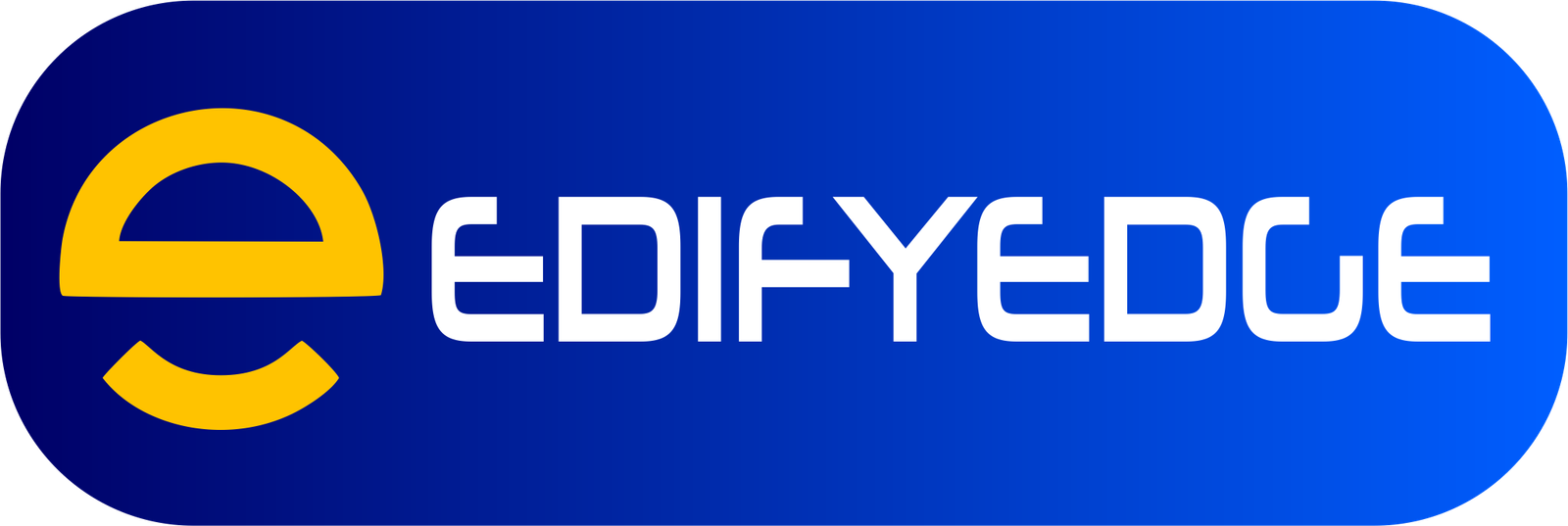What are Private Education Loans?
Private education loans are credit-based loans provided by private lenders, such as banks, credit unions, and specialized student loan companies. These loans are designed to help students and their families cover the costs of higher education, including tuition, fees, room and board, books, and other related expenses.
Unlike federal student loans, which are funded by the government and have standardized terms and conditions, private education loans are offered by private lenders and have varying interest rates, repayment terms, and eligibility criteria. Private loans are not subsidized or guaranteed by the government and typically require a credit check and, in some cases, a co-signer with good credit.
Private education loans are often used to supplement federal student aid or to cover educational expenses when federal aid is insufficient or unavailable. They can be used for a wide range of educational programs, including undergraduate and graduate degrees, professional certifications, and vocational training programs.
When Are Private Loans Needed?
Private student loans are typically needed when the cost of attendance exceeds the maximum amount of federal student aid available. Federal aid includes grants, scholarships, work-study programs, and federal student loans like Direct Subsidized, Direct Unsubsidized, and Direct PLUS Loans. However, these federal aid sources have annual and aggregate limits that may not cover the full cost of education, especially for students attending expensive colleges or universities.
Private loans serve as a supplemental financing option to help bridge the gap between the total cost of attendance and the amount covered by federal aid, personal savings, income, and other resources. They can help pay for tuition, fees, room and board, books, supplies, and other education-related expenses.
Some common scenarios where private loans may be necessary include:
-
High Cost of Attendance: Students attending prestigious or private institutions with high tuition and fees may require private loans to cover the remaining costs after exhausting federal aid eligibility.
-
Graduate or Professional Programs: Graduate and professional degree programs, such as medical, law, or business schools, often have higher costs, and students may need private loans to supplement federal aid.
-
Dependent Students with Limited Federal Aid Eligibility: Dependent students whose parents do not qualify for federal Direct PLUS Loans due to adverse credit history or other reasons may need to turn to private loans.
-
Independent Students with Limited Resources: Independent students who do not have access to parental financial support and have limited income and assets may require private loans to fund their education.
-
Non-Traditional Students: Students who do not meet the criteria for federal aid, such as part-time students, international students, or those pursuing non-degree programs, may rely on private loans as their primary source of financing.
While private loans can be a valuable resource, it’s generally recommended to exhaust all federal aid options first, as they typically offer more favorable terms, fixed interest rates, and better repayment protections than private loans.
Private Loan Eligibility Requirements
To qualify for a private student loan, borrowers typically need to meet certain credit and income requirements set by the lender. These requirements help lenders assess the borrower’s ability to repay the loan.
Credit history is a crucial factor in determining eligibility. Lenders generally prefer borrowers with good to excellent credit scores, which demonstrate a track record of responsible borrowing and timely repayment. A higher credit score can also lead to more favorable interest rates and loan terms.
Income is another essential consideration. Lenders want to ensure that borrowers have sufficient income to comfortably make loan payments. Many lenders require borrowers to have a steady source of income, whether from employment, investments, or other sources.
For students or those with limited credit histories or incomes, having a creditworthy cosigner can significantly improve the chances of loan approval. A cosigner is someone who agrees to share responsibility for repaying the loan if the primary borrower fails to make payments. Lenders typically require cosigners to meet specific credit and income criteria to mitigate the risk of default.
It’s important to note that eligibility requirements can vary among lenders, so it’s advisable to shop around and compare offers from multiple lenders to find the best fit for your financial situation.
Comparing Private Loan Options
When evaluating different private student loan lenders, it’s crucial to carefully compare several key factors. Interest rates are perhaps the most significant consideration, as they directly impact the overall cost of borrowing. Private lenders offer both fixed and variable interest rates, and rates can vary widely depending on the lender, your creditworthiness, and market conditions.
Fees are another important factor to consider. Many private lenders charge origination fees, which are deducted from the loan amount upon disbursement. Some lenders may also charge application fees, late payment fees, or prepayment penalties. Be sure to understand all potential fees and their associated costs.
Repayment terms, including the loan term length and repayment options, should also be carefully evaluated. Some lenders offer longer repayment terms, which can result in lower monthly payments but higher overall interest costs. Others may provide options for deferring payments while in school or during periods of economic hardship.
Additionally, consider the lender’s reputation, customer service, and borrower protections. Look for lenders with a track record of ethical lending practices, responsive customer support, and clear policies regarding loan forgiveness, forbearance, and other borrower protections.
Private Loan Interest Rates and Fees
Private student loans typically have higher interest rates compared to federal student loans. Interest rates can range from around 3% to 14% or higher, depending on the lender and the borrower’s creditworthiness. Many private lenders offer both fixed and variable interest rates.
Fixed interest rates remain constant throughout the loan’s repayment term, providing predictability in monthly payments. Variable interest rates, on the other hand, fluctuate over time based on market conditions, potentially resulting in higher or lower monthly payments.
In addition to interest rates, private lenders may charge various fees, which can significantly increase the overall cost of borrowing. Common fees include:
Prepayment Penalties: Some lenders may charge a fee if you pay off the loan early, though many private lenders have eliminated this fee.
Deferment Fees: Fees charged for postponing loan payments during periods of economic hardship or other approved circumstances.
It’s crucial to carefully review the interest rates, fees, and overall terms offered by different private lenders to understand the true cost of borrowing and choose the most favorable option. High interest rates and fees can significantly increase the total amount owed over the life of the loan, potentially making private loans a more expensive option compared to federal student loans.
Applying for Private Student Loans
Applying for a private student loan is a multi-step process that typically involves the following:
-
Shop Around and Compare Lenders: Start by researching different private lenders to compare interest rates, fees, repayment terms, and borrower benefits. Lenders may offer different rates and options, so it’s essential to find the best fit for your needs.
Determine Loan Amount Needed:
-
Calculate the total cost of attendance for your school, including tuition, fees, room and board, books, and other expenses. Subtract any financial aid, scholarships, or savings you have available to determine the loan amount you’ll need.
-
Gather Required Documentation: Lenders will require various documents to verify your identity, income, and enrollment status. Common requirements include:
- Government-issued ID (driver’s license, passport)
- Social Security number
- Proof of income (pay stubs, tax returns)
- Cost of attendance and financial aid information from your school
- Enrollment verification or acceptance letter
-
Apply with the Lender: Once you’ve selected a lender, you’ll need to complete their application process, which may involve an online form or paper application. Be prepared to provide personal, financial, and educational information.
-
Undergo Credit Check: Most private lenders will perform a credit check on you (and your co-signer, if applicable) to assess your creditworthiness and determine your interest rate and loan terms.
-
Provide a Co-signer (if needed): Depending on your credit history and income, you may need to apply with a co-signer who has good credit and sufficient income to improve your chances of approval and potentially secure better loan terms.
-
Review and Accept Loan Terms: If approved, carefully review the loan terms, including the interest rate, fees, repayment period, and any borrower benefits or protections offered by the lender. Once satisfied, you’ll need to accept the loan agreement electronically or by signing and returning the documents.
-
Complete Any Remaining Requirements: The lender may require additional steps, such as completing entrance counseling or a self-certification form, before disbursing the funds to your school.
It’s crucial to read and understand all the fine print, ask questions, and ensure you’re comfortable with the loan terms before accepting a private student loan. These loans typically have fewer protections and repayment options compared to federal student loans, so borrowing responsibly is essential.
Repaying Private Education Loans
Unlike federal student loans, private education loans typically offer fewer repayment options and protections. However, borrowers still have some flexibility when it comes to repaying these loans.
Repayment Plan Options
Most private lenders offer a standard 10-year repayment term, but some may allow you to extend the term to 15 or 20 years. Longer repayment terms result in lower monthly payments, but you’ll pay more interest over the life of the loan. Some lenders also offer graduated repayment plans, where your payments start low and gradually increase over time.
Deferment and Forbearance
Private lenders may offer deferment or forbearance options, allowing you to temporarily postpone or reduce your payments in certain situations, such as economic hardship or returning to school. However, these options are typically more limited than those available for federal loans, and interest may continue to accrue during the deferment or forbearance period.
Early Repayment Benefits
Many private lenders offer incentives for early repayment, such as interest rate reductions or account credits. These benefits can help you save money on interest charges and pay off your loans faster. Additionally,
It’s essential to understand the specific repayment terms and options offered by your private lender.
Pros and Cons of Private Loans
Pros of Private Student Loans:
-
Higher Loan Limits: Private lenders typically offer higher loan limits than federal student loans, allowing students to cover the full cost of attendance, including tuition, fees, room and board, and other expenses.
-
No Credit History Required: Many private lenders allow students to qualify for loans without an established credit history, as long as they have a creditworthy cosigner.
-
Choice of Lenders: With multiple private lenders to choose from, students can shop around for the best interest rates, repayment terms, and borrower benefits that suit their needs.
Cons of Private Student Loans:
Private loans should be a last resort after maximizing federal aid, grants, scholarships, and work-study opportunities.
Minimizing Private Loan Borrowing
Minimizing the need for private student loans should be a priority for students and families. Private loans often come with higher interest rates and fewer consumer protections compared to federal student loans. Here are some strategies to reduce your reliance on private lending:
These credits can potentially shave off a semester or more from your college education, reducing overall costs.
Work Part-Time During College: Consider working a part-time job during your college years to offset some of the expenses. Even earning a modest amount can help cover books, supplies, and living expenses, minimizing the need for additional borrowing.
Attend a Lower-Cost Institution:
Explore more affordable options, such as starting at a community college for the first two years before transferring to a four-year university. In-state public universities also tend to have lower tuition rates compared to private colleges.
Search for awards based on academic achievement, extracurricular activities, community service, and other criteria. Don’t overlook smaller, local scholarships as they can add up significantly.
Maximize your eligibility for these loans before considering private options.
Private Loan Protections and Oversight
Private student loans are largely unsubsidized and lack many of the consumer protections and oversight that federal student loans receive. However, there are some regulations and oversight measures in place to help protect borrowers.
This helps borrowers understand and compare loan options.
The CFPB works to ensure transparency in the private loan market and holds lenders accountable.
However, these protections can vary significantly across different states.
Borrowers should carefully review and understand the terms and conditions of any private loan before taking it on.
Private Loan Repayment Assistance
Private student loans generally have fewer repayment assistance options compared to federal student loans.
Unemployment Deferment: Many private lenders allow you to temporarily postpone your loan payments if you become unemployed. Deferment periods and eligibility criteria vary by lender, but this option can provide relief when you’re not earning an income.
The loan forgiveness terms and qualifying employment requirements differ across lenders.
This can make payments more affordable, especially for those with lower incomes.
These reductions are typically for a limited period and have specific eligibility criteria.



